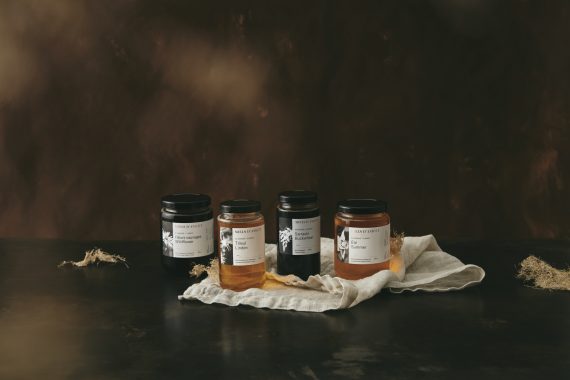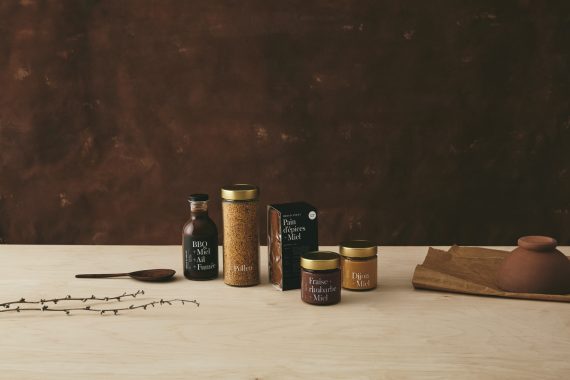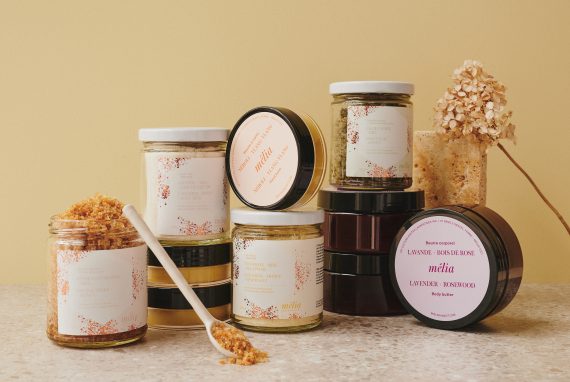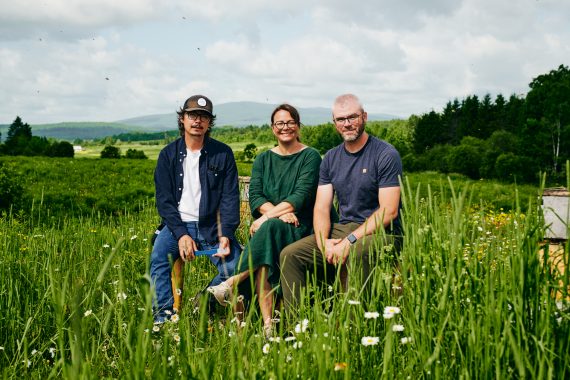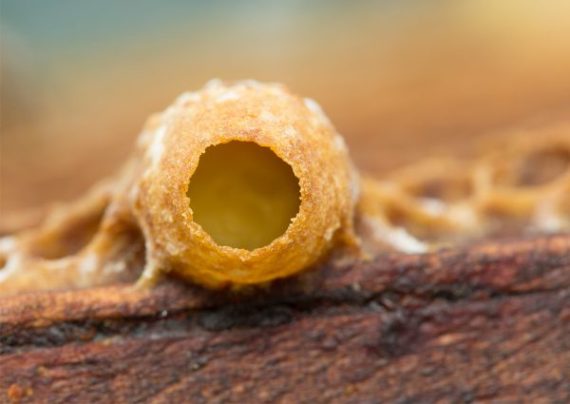
Physical organization of the hive
Beekeeping
Since ancient times, humans have sought to harvest the wax and, above all, the honey produced by bees. They built shelters for bees to establish their nests. In nature, bees build their nests in natural cavities like the hollow of a tree. In contrast, beekeepers use hives for breeding and honey harvesting. The hive represents a compromise between the needs of the colony and the beekeeper’s expectations in terms of the quantity of honey produced. Furthermore, this habitat allows bees to survive harsh winters.
The hive
Today, a hive consists of several stacked wooden boxes. These boxes protect the bees from cold, heat, rain, and predators. Nothing is left to chance in terms of dimensions, spacing, and materials. The most commonly used model today is arranged so that bees can move through the different sections of the hive.
It allows for monitoring the health of the hive and harvesting honey without destroying the colony.
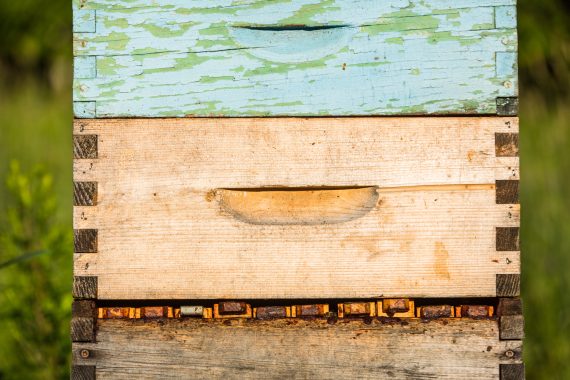
The structure of the household
Each honey box contains ten frames that can serve as either brood chambers or honey chambers. The structure of the household is always the same: the bottom box is the brood chamber (the nursery), and the boxes above are the honey chambers, commonly referred to as “honey supers.” The queen primarily stays in the brood chamber, where she lays her eggs. It is the nurse workers who take care of the eggs and larvae. The larvae will receive over 7,000 inspections and be fed more than 1,100 times by the workers. In summer, during the active season, the beekeeper adds levels to the nursery to increase the bee population. He also adds honey boxes to allow the bees to store honey.
The beekeeper can place a queen excluder, which is a grid with narrow openings, to prevent the queen from moving into the honey chambers. This keeps the queen from laying eggs in the honey frames. As a result, the beekeeper can harvest honey from the hive without damaging the brood.
The hive also has a floor and a roof. The first honey box is placed on a floor that extends on one side to form a “landing board” for foraging bees. The roof, a wooden board placed on top of the last honey box, protects the hive from the elements.

The apiary
The beekeeper clusters their hives in a specific geographic location: the apiary. The choice of this location is crucial for the health of the colony and will impact honey production. It’s important to select sites where surrounding crops provide a diverse, healthy floral environment free from pesticides.


